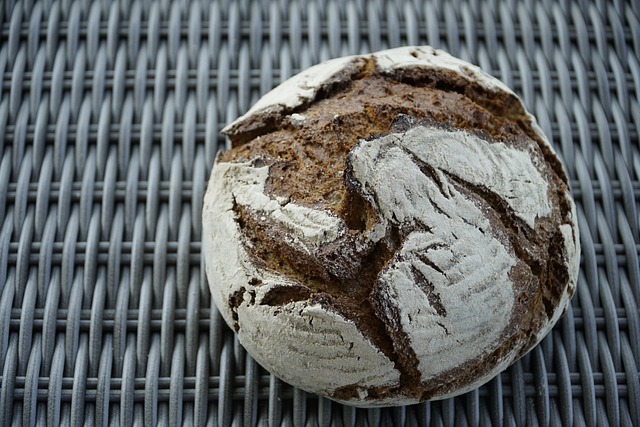
Germany’s association with bread stretches back thousands of years, intertwining itself in the rich tapestry of the country’s history, culture, and day-to-day life. With over a thousand varieties of bread recorded, Germany has the most diverse range of bread products in the world. From the dense and hearty loaves of the north to the lighter, crusty breads of the south, the nation’s love for its bread is undeniable.
Prehistoric Beginnings and Early Middle Ages
Bread’s history in Germany dates back to the prehistoric times when early Germanic tribes cultivated emmer and einkorn, two ancient grains. The process was laborious, with the grains being ground between rocks and then mixed with water before being cooked on hot stones.
In the Middle Ages, bread baking became more sophisticated. The introduction of water mills revolutionized the grinding process, making it more efficient. Meanwhile, yeast was increasingly used as a leavening agent, leading to lighter, airier loaves.
During this time, rye bread became the staple for most Germans, especially those in the northern regions where rye was easier to grow than wheat. This gave birth to the iconic German rye bread, known for its hearty texture and robust flavor.
The Influence of the Reinheitsgebot
In 1516, the Reinheitsgebot, or the “Beer Purity Law,” was enacted in Bavaria. While it primarily regulated the ingredients that could be used in brewing beer, it had a significant effect on the bread industry as well. The law reserved the use of wheat for beer, leaving rye and barley for bread. This further solidified the place of rye bread in German culinary history, creating the base for varieties like Pumpernickel and Vollkornbrot.
Industrial Revolution and Bread Diversity
The Industrial Revolution in the 19th century brought about significant changes in the production of bread. Steam-powered mills allowed for greater quantities of flour to be produced, while commercial yeast became more accessible.
In the southern regions of Germany, where wheat was more prevalent, a variety of wheat breads began to emerge. These included Weißbrot (white bread) and Brötchen (small, crusty rolls), which became staples alongside the rye and mixed grain breads of the north.
Bread During the World Wars
The World Wars had a significant impact on German bread production. Wartime shortages and rationing led to the use of alternative ingredients such as potato starch, leading to the creation of potato bread, or Kartoffelbrot.
In post-war Germany, bread continued to be a staple, but the quality varied widely due to economic constraints. It was during this time that Germany started regulating bread quality and ensuring its diversity, a step that preserved the rich heritage of German bread.
German Bread Today
Today, the German bread tradition is recognized and cherished. In 2014, UNESCO acknowledged the significance of German bread culture by adding it to its list of intangible cultural heritage.
There are now over 1,000 officially recognized types of bread in Germany, with each region having its specialities. The Black Forest region, for example, is known for its sourdough rye bread, while the Bavarian region is famous for its pretzels.
In conclusion, the history of German bread is a testament to the nation’s resilience and innovation. It tells the story of its people, from early farmers tilling the land, to the millers and bakers transforming simple ingredients into an extraordinary variety of loaves. The loaf, thus, is not just food but a symbol of German history and culture, nourishing its people and binding them together in a shared tradition.
Ready to rise to the challenge? Take the German Bread Quiz.

